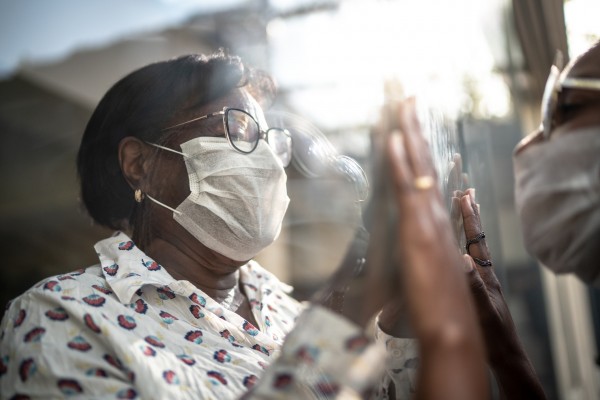By Alisha Somji, MPH and Alexis Captanian, MUP, Prevention Institute
As communities continue to implement physical distancing recommendations to slow the spread of COVID-19, many have turned to innovative solutions to address social isolation and loneliness. Local government and community leaders have enlisted technology to aid in strengthening social connection. At the same time, many have taken steps to close gaps in access to technology.
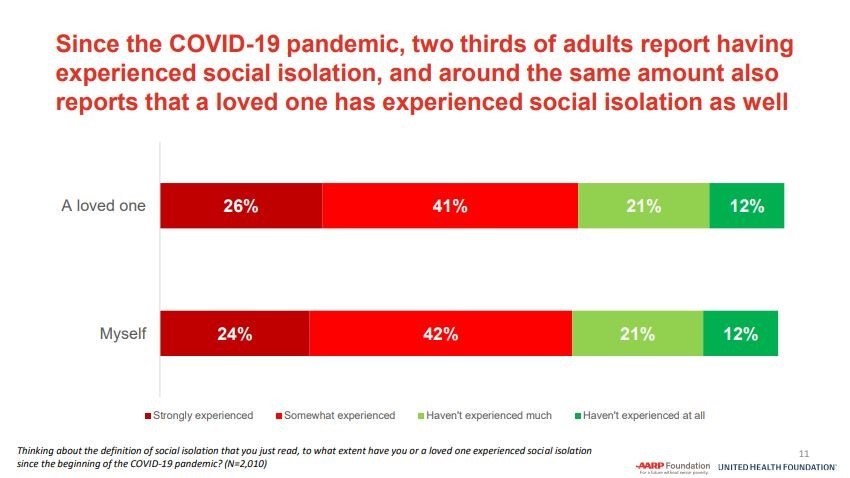
An October 2020 survey from AARP Foundation found that since the COVID-19 pandemic, two-thirds of adults report experiencing social isolation. Research also predicts the isolation brought on by the pandemic will have mental health repercussions. Social isolation is a known risk factor for several negative health outcomes including Adverse Childhood Experiences (ACEs) and suicide. For example, when youth have connections to caring adults, it can help buffer against other difficulties in their lives and build resilience and belonging. Understanding the importance of social connections, local government and community leaders need to especially consider the needs of populations who faced isolation even before the pandemic and groups at higher risk for suicide and trauma such as seniors, youth, veterans, LGBTQ communities, among others.
Increasing access to technology to support connection and wellbeing
During the COVID-19 pandemic, the internet has become a primary means of connecting with friends and family, accessing healthcare, applying to jobs, and attending school. This has encouraged systems change to address long-standing issues of inequitable broadband and technology access across communities.
In Chicago, After School Matters re-envisioned its 30-year model of in-person out-of-school-time and summer programming to offer 10,000 youth the opportunity to participate in paid remote learning opportunities. After School Matters is a nonprofit that partners with local government and community providers to offer project-based learning apprenticeships and internships with stipends. The model is listed in the CDC’s ACEs technical package as a promising program that connects youth to caring adults and activities and has been shown to also improve youth attitudes toward school, decrease participation in violence, and contribute to higher graduation rates.
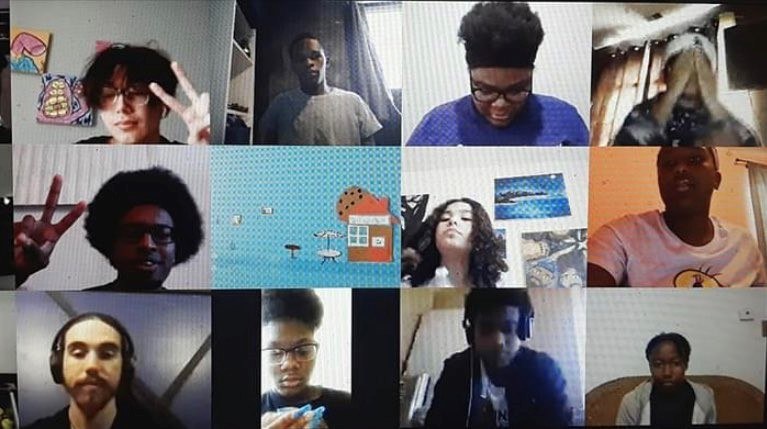
After conducting a survey in April 2020, After School Matters learned that over one-third of teens did not have a computer and nearly 30 percent did not have access to Wi-Fi internet. In a follow-up survey, After School Matters uncovered gaps in technology access by region and learned that teens in the west, southwest and southeast regions of Chicago were more likely to rely on mobile hotspots compared to other parts of the city.
To address these inequities and foster successful participation in remote learning opportunities, Chicago Public Schools and After School Matters distributed devices to families who needed them. At the same time, the city launched ‘Chicago Connected’, a four year commitment to provide free high-speed internet to approximately 100,000 Chicago Public Schools students. This effort focuses on families that are most in need by looking at indicators such as eligibility for free lunch and student homelessness, among others. With increased access to internet and devices, After School Matters was able to continue programming virtually, including maintaining a stipend for teens in the program. Seventy-four percent of teens surveyed reported using their stipend to help pay for necessities or help support their family, which has become even more critical for some families amidst job loss brought on by the pandemic.
Several cities and counties across the country have taken similar steps to bridge this digital divide, with a focus on youth and their families. For example, in Palm Beach County, energy company Florida Power & Light Company donated 1,000 utility poles with Wi-Fi that the county is installing in neighborhoods where students currently have limited access, an infrastructure investment that will continue to benefit students and families beyond the pandemic. With many opportunities for social connection turning virtual, increasing access to technology has been that much more important during the COVID-19 pandemic.
Harnessing technologies new and old to support connection and support
In response to COVID-19, communities have found new ways to support one another using various forms of technology in lieu of in-person interaction. Even prior to the pandemic, the Coalition to End Social Isolation and Loneliness had a goal to “leverage innovative solutions that foster connection and social integration.” In 2020, the coalition saw rapid development in this area with close attention to the mental and behavioral health repercussions of the pandemic and a focus on expanding broadband internet and telemental health. Coalition partners have deployed technology to support social interactions and connection to resources, whether through artificial intelligence bots or platforms to support intergenerational relationships and support.
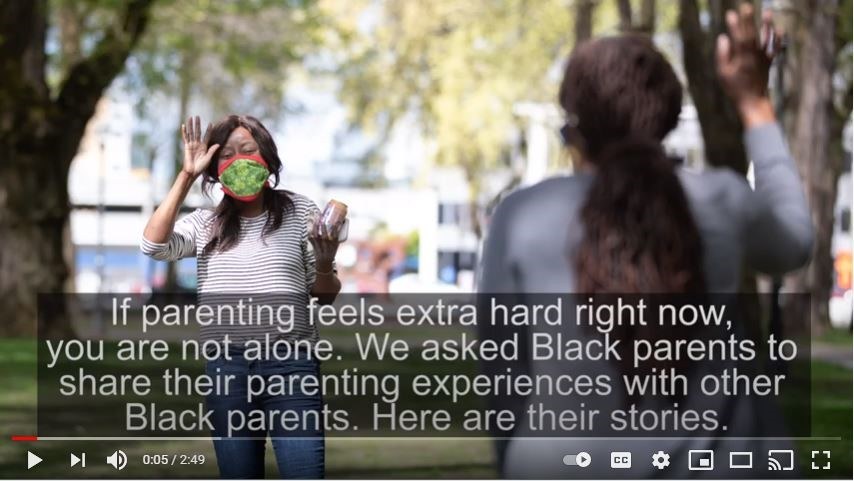
Communities have also enlisted simpler technologies like telephone and video. In New York City, the Department of Veterans’ Services, the Mayor’s Office of ThriveNYC, and veteran-serving organizations launched Mission: VetCheck. Through this effort, veterans make supportive check-in calls to other veterans and provide information on how to access resources like free meals, COVID-19 testing and mental health supports. In Multnomah County, OR, the health department and a number of partners created a video featuring submissions from Black parents talking to other Black parents about their challenges in parenting during this stressful time and what gives them hope.
At the state level, many advocates and legislators have taken the opportunity to pass telemental health laws to allow for the provision of services through audio, text, video, and mobile applications. For example, in April of 2020, the state of Maryland acted quickly to enact legislation to expand access to telehealth through Medicaid. This quick pivot helped to permanently improve access to behavioral health services for communities at high risk for suicide during the pandemic and beyond.
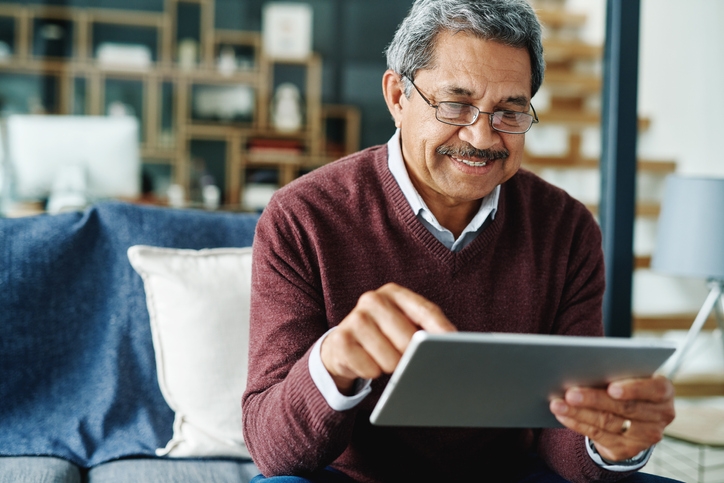
In Oregon, the state’s Alliance to Prevent Suicide, Oregon Health Authority, and their partners rapidly launched a mini-grant program focused on innovative community-grown solutions for LGBTQ+ populations. The goal of the grants is to increase opportunities for life-affirming connection, resources and care for isolated LGBTQ+ communities during this time of heightened isolation and stress. Following a low-barrier application process, they distributed a total of $215,000 to 18 groups, with priority given to historically under-resourced communities such as Black, Indigenous, People of Color, disabled, rural and frontier. There was a wide variety of projects, including providing technological supports for older LGBTQ folks. One group purchased tablets specifically created for seniors and provided training on how to use the technology, allowing seniors to stay connected to their loved ones.
At a national level, AARP Foundation has emphasized the importance of social connection for older adults, a population that is also at increased risk for suicide. Through its Connect2Affect platform, AARP Foundation raises awareness of the issue, provides helpful resources, and offers an online assessment for individuals to gauge how connected they feel. Local leaders can use this assessment with their community and the foundation’s solutions database to learn about best practices.
AARP Foundation sees technology as a facilitator for human connection, but not a replacement. In 2020, the foundation launched a Connect2Affect Chatbot with COVID-19 appropriate text scripts that encourage older adults to connect with their loved ones. Since introducing the chatbot, over 100,000 people have interacted with it. Also, partnering with affordable senior housing communities, AARP Foundation has utilized voice-technology to keep residents in touch with their community. Amidst the pandemic, AARP and the foundation have also set up Friendly Voice, a program where volunteers call people who may be experiencing isolation and loneliness. These types of innovations can be helpful resources for local government and community leaders in serving their communities.
Opportunities for local government and community partners
COVID-19 has accelerated the adoption of technologies, from telehealth to chatbots, and allowed for community members to stay connected in new ways. It is important for local leaders to sustain these innovations while also ensuring communities most affected by issues like social isolation, suicide and ACEs have access and are included. To do this, leaders need to:
- Understand who in the community is at increased risk for social isolation and loneliness, and direct resources to those groups. For example, the Oregon Alliance designed LGBTQ+ mini grants knowing that Portland had the second largest LGBTQ+ population in the country, a community that is disproportionately impacted by social isolation.
- Identify gaps in technology access and reliability. Ensure that tech-reliant strategies are paired with focused efforts to close those gaps. After School Matters was able to determine through its survey in which parts of the city students were most likely to lack adequate connectivity, and the City of Chicago identified priority students through specific indicators.
- Asking the right questions helps to form a complete picture. For instance, to fully understand access, it is important to know not only the number of devices in a household, but also how many people are relying on those devices on a regular basis.
- Leverage existing programs, resources, and technologies. Leaders across the country have implemented programs, created resources, and leveraged technologies to support their communities. While it is important to consider a specific local context, opportunities exist to learn from current efforts and even share already created resources, such as AARP Foundation’s Connect2Affect platform.
- Where possible, make a permanent infrastructure investment or policy change that will outlive the crisis. The utility poles installed in Florida and the telehealth law implemented in Maryland are examples of what can be rapidly accomplished during a catastrophic event to address longstanding issues, benefitting residents during times of stability and also in future emergencies.
Alisha Somji and Alexis Captanian work at the national nonprofit Prevention Institute and are supporting communities in preventing suicide and Adverse Childhood Experiences during the pandemic through cooperative agreement No. 6 NU38OT000305-02-03 with the Centers for Disease Control and Prevention. This blog post is solely the responsibility of the authors and do not necessarily represent the official views of the Department of Health and Human Services or the CDC.
